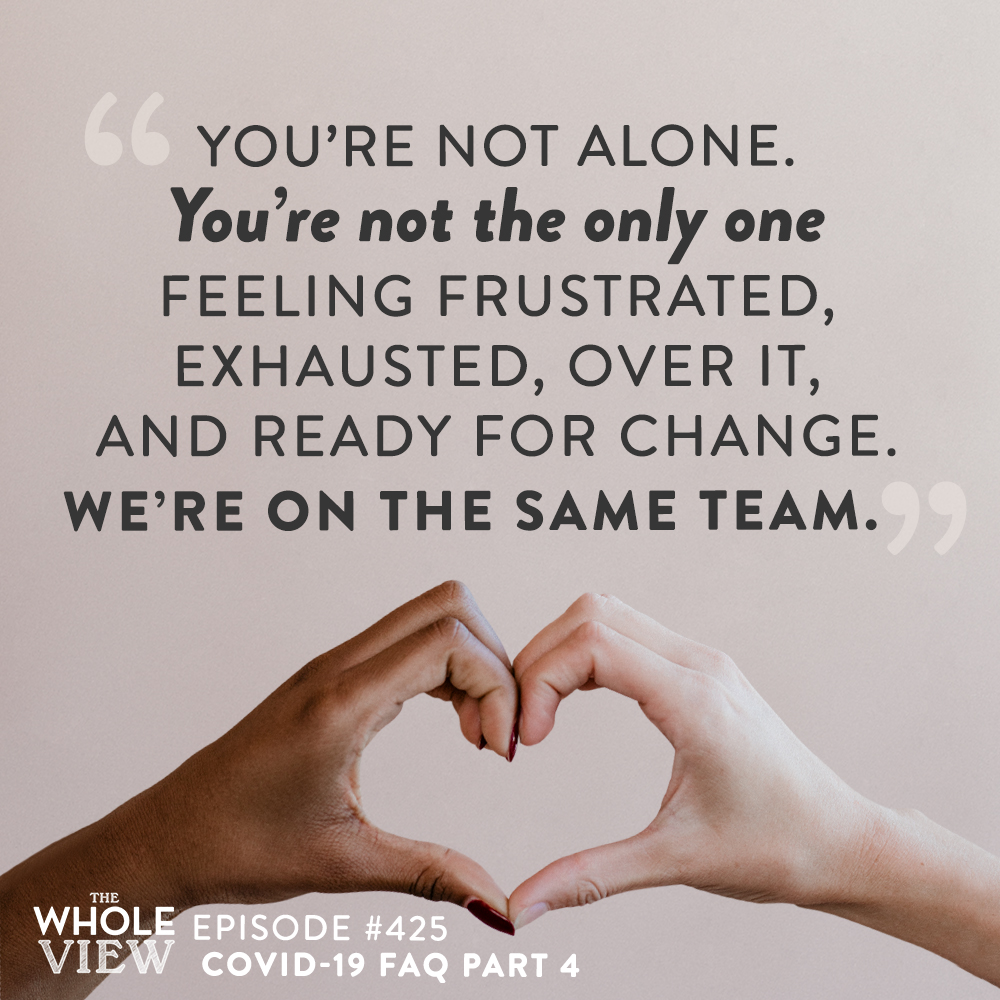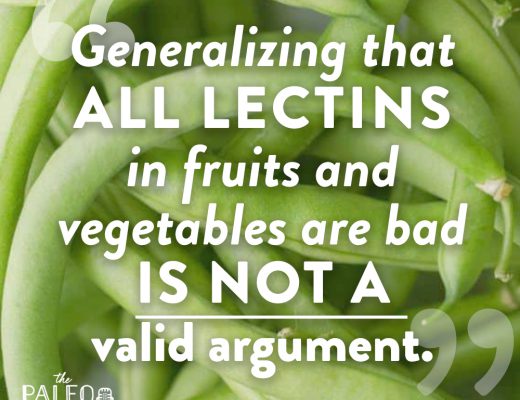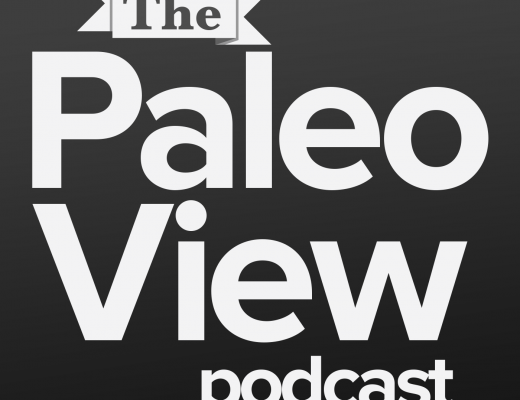
Welcome to episode 425 of The Whole View! This week, Stacy and Sarah dive into even more Coronavirus discussion, focusing on the longterm impacts of Covid-19, the validity of reinfection cases, and the science behind Covid-19 reactivation. Stacy also updates us on her “long-haul” symptoms. You’ll also get access to many scientific articles in this episode, full of research and data that explains where scientists are in studying the Covid-19 virus.
If you enjoy the show, please review it on iTunes!
The Whole View, Episode 425: Covid-19 FAQ Part 4
A Message On Patreon
Long-time listener here, and I adore the Patreon content! I wondered if it would be short content, but “knowing” you, why would I have thought that?! You give so much, and the Patreon episodes are no different. I utterly loved the first two episodes, and really enjoyed hearing about your move from identifying as Paleo and the changes in the Paleo community, especially around racial justice and anti-science.
I’m a Whole30 coach and share your articles and podcasts with my clients so frequently. I also help moderate a Whole30 FB group of about 4,000 over-50 (mostly) women and when it’s my turn to moderate I frequently have Science Week – and guess who is featured prominently each time?
I adore the science, the friendly chat, the laughs and the tips. Truly, this new Patreon content is a bright gift in this very dark time. Thank you both!
Thank you, Teri!
For our listeners, if you would like to join our Patreon family, you can find us at patreon.com/thewholeview for bonus and unfiltered content.
Stacy notes that Sarah has moved away from swearing in general and uses some very interesting alternative terms.
So if you’re curious and want to be creative, you know where to go!
A Quick Recap
In Episode 401, Stacy and Sarah explored the way out of this pandemic and how to get back to normal life as we know it.They touched a little bit on reinfection cases, which they will be taking at a more in-depth look at today.
They also broke down the science behind wearing face masks.
In Episode 412, Stacy and Sarah talked about how isolation can impact immune function. They also myth-busted some of the concerns that have circulated around it.
They discussed how isolation might affect the gut microbiome, public health messaging, and the huge importance of vitamin D when reducing the risk of Covid-19.
In today’s episode, Sarah reminds us that they will be focusing on:
- Reinfection versus Reactivation
- Long haulers (sometimes “Long Covid”)
- Longterm complications/damage
Why This Matters
Stacy shares that this has been an ongoing thing for her. (7:50)
Stacy has shared in past podcasts that she had a feeling there were two unknowns that we would find out later on about the Coronavirus:
First, there’s an effect on the brain, which has since been shown. And second, that there is a hormonal impact on the body.
Stacy has noticed she gets reactivated symptoms during her menstrual cycles, specifically inflammation.
Stacy feels that it is really important to talk about because there’s so much focus on how many people have died.
As someone who’s gone through it and now living with the long-term side effects of it, she feels it’s important to acknowledge that millions of people in the world survived but are still feeling the effects months later.
She considers herself one of the lucky ones since she had a mild case and cannot be more thankful for that.
Stacy would like the audience to understand that Covid-19 is not like the flu. You don’t get it, and then you’re done, and you have immunity for a short time until the next strain comes out.
Answers Through Science
And she thinks that Sarah going through the science of it will be very beneficial to people.
Sarah points out that we’re now at a point where more research and studies are trying to look at the spectrum of the long term impacts.
It’s really important to understand the long-term impact of this so that we can monitor at-risk people for potential health-specific complications in the future.
Sarah also references potential economic impacts we could see due to prolonged symptoms and brain fog keeping millions of people from returning to work.
There are down-stream effects that we need to really understand and be able to wrap our heads around.
Sarah also explains that there’s a lot of work that still needs to be done to reduce the spread.
She also explains that we are still at a really high level of new cases every day.
With high community spread, it makes any kind of gathering (school, church, weddings, funerals) all very challenging.
As we’re trying to figure out how to continue with precautions to reduce spread, Sarah expresses the need to understand this whole other side of the virus that’s not related to the two to three weeks of active infection.
ADE And How It Works
Sarah first wants to look into whether the recent reports that look like reinfection are truly that. (14:26)
Stacy shares that this is something especially concerning to her.
Sarah explains antibody-dependent enhancement of infection (ADE or ADI).
It is a common phenomenon in many other viruses, such as influenza A virus, Coxsackievirus B, respiratory syncytial virus (RSV), Ebola virus, human immunodeficiency virus (HIV) dengue virus.
Dengue Fever is the best understood in terms of the ADE mechanism.
There are four known strains of the virus; when you contract one strain, you get Dengue Fever, and your body mounts a response.
You are then protected for a relatively short time frame of time, not just against the strain you caught but also the other three.
As the antibodies fall in number, there’s a window where if you get exposed to one of the other three strains, you can develop a much more severe case.
If you don’t get exposed to one of those three, you’re still immune to the first strain you caught even after all the antibodies are gone.
If you catch one of the other three strains after the window is closed, you will develop regular Dengue Fever again, but not get the life-threatening reaction.
Sarah explains that that magic sweet spot with a low level of antibodies actually magnifies the infection.
One thing Sarah notes is that the Dengue Fever virus actually replicates inside immune cells.
So when there are high levels of antibodies shortly after an infection, these “eater cells” are able to neutralize the infection.
When there are low levels of antibodies, they’re not sufficient enough to neutralize the virus.
This sweet spot typically starts from a few months out from infection and can last to about a year.
What This Means For Covid-19
Reinfections
Covid-19 Spread
Covid-19 Reactivation
What’s happened in these few dozen cases of possible Covid-19 reinfection is that people tested positive and were sent home. They recovered and later tested negative. Then, months later, they once more test positive for Covid-19.
Some are similarly sick as the first time, some are sicker the second time, and others are asymptomatic.
This begs the question if it’s real reinfection.
Sarah claims that of the researchers studying these cases, nobody is convinced that it’s true reinfection.
None of these cases are from immunocompromised people and aren’t thought to be very concerning.
Reinfection is a legitimate concern for those with autoimmune disorders, such as HIV.
A more likely explanation for what is going on with these cases is that it’s actually viral reactivation.
This means that these people are long-haulers who had a latent period, combined with testing limitations and failures.
It’s possible that those negative tests weren’t true negatives.
Sarah explains this as the immune system almost beat it, but didn’t neutralize it fully, and pulled back fighting too soon.
There’s a really wide range in how long people have measurable virus in their systems, and they may not be infectious the entire time.
Sarah explains that there’s a lot that we still don’t know about the Covid-19 virus and its ability to hide out in our bodies long-term.
Data has shown viral shedding in some people lasting as long as eighty-three days out from the first day of symptoms.
What Studies Show
Some of the recovered/discharged patients showed a positive viral RNA burden for as long as 10 to 27 days after the discharge (Korber et al., 2020; Ye et al., 2020)
Although the median viral shedding duration was 20 days, in some cases, it was observed for 37 days (Zhou et al., 2020).
The prolonged SARS-CoV-2 RNA shedding occurred with a median duration of 53 days and a maximum of 83 days (Li, Wang, et al., 2020).
In addition to this prolonged carriage of SARS-CoV-2, some patients who had recovered from COVID-19 demonstrated recurrence of SARS-CoV-2 (Xiao et al., 2020; Ye et al., 2020; Yuan et al., 2020).
In one study, as much as 9.1% of the discharged COVID-19 patients were shown to be presented with the SARS-CoV-2 reactivation (Ye et al., 2020).
Another study revealed that 14.5% of discharged COVID-19 patients with negative (polymerase chain reaction) PCR, had a later positive reverse transcription PCR (Yuan et al., 2020).
Still another study indicated that the number of such recurring patients can be as high as 21.4% (Xiao et al., 2020).
Another explanation is genetic mutations causing new strains. Sarah explains this is not likely. While there variants, they are not different enough to be considered a new strain.
What Explains Covid-19 Reactivation?
Sarah sums up that the most likely explanation for the resurgence of symptoms is due to the virus’s ability to hide inside our bodies. (36:03)
She goes a bit more in-depth on how exactly a virus can hide from our immune systems.
One of the implications of this is that we could have more lasting immunity from a vaccine than natural infection.
It may hide out in exosomes within cells, which are little tiny bubbles inside the cell membrane.
What this all data points to is herd immunity through natural infection is unlikely.
And that we may be able to achieve a more lasting immunity through vaccination.
Links to the Studies Sarah Recommends:
- https://www.frontiersin.org/articles/10.3389/fimmu.2020.01949/full
- https://www.tandfonline.com/doi/full/10.1080/07391102.2020.1790426
- https://pubmed.ncbi.nlm.nih.gov/32838134/
- https://pubmed.ncbi.nlm.nih.gov/32340768/
- https://pubmed.ncbi.nlm.nih.gov/32619697/
Long-Haulers
Stacy references the Scientific Method from a previous episode and explains how we’re still mid-process. (40:41)
Sarah wants to acknowledge listeners that this doesn’t feel like good news.
The main message that this scientific research has for Sarah is that the efforts going in to protect herself and others are still really important to do, even though we may be getting tired of it.
The science behind wearing masks to slow the spread just gets stronger and stronger.
It’s potentially a large percentage of people who fall into the long-hauler or long-Covid category.
Over 30% of long-haulers still have symptoms at 3 weeks, and approximately 10% still have symptoms at 2 months.
Sarah also notes that data might be lacking because not all long-haulers are seeking medical attention if their symptoms are tolerable.
The most common symptoms for long-haulers are fatigue, ongoing shortness of breath, joint aches, muscle aches, brain fog, and difficulty focusing.
Some people report feeling better for a few weeks, while others report not feeling better at all.
The Body’s Response
Sarah explains how autoimmune diseases work and how it relates to Chronic Fatigue Disorder, which shows similar symptoms to long-Covid.
Some researchers think what’s happening in long-haulers isn’t exactly continued infection. But more of the infection melding into Chronic Fatigue.
Another thing that could affect long-haulers is organ and tissue damage, which takes a long time to heal.
Researchers have now started to note Multisystem Inflammatory Syndrome cases in some Covid patients.
This was thought to be more common in children but is showing up increasingly in adults.
MIS typically happens in people who had Covid and recovered from it. It’s a very severe, life-threatening (but treatable) inflammatory syndrome.
Clinical features in children have varied but include shock, cardiac dysfunction, abdominal pain, and elevated inflammatory markers.
Adults show severe dysfunction of one or more extrapulmonary organ systems (e.g., hypotension or shock, cardiac dysfunction, arterial or venous thrombosis or thromboembolism, or acute liver injury); 4) laboratory evidence of severe inflammation (e.g., elevated CRP, ferritin, D-dimer, or interleukin-6);
Sarah sums up that in its severe form, patients can develop MIS. But in mild-form, patients show symptoms of long-Covid.
What This Means For Covid-19 Patients
The way this is currently treated mostly by symptom relief, rest, and stress reduction.
Stacy shares that until we know more and the science can catch up with medial solutions, we know what we need to do to at least feel better. And how to continue to reduce the spread.
Stacy reminds us that drinking alcohol can exacerbate long-haul symptoms on the front end.
Sarah explains that alcohol is actually the opposite that’s needed to support immune function.
Because we focus so much on the physical side of Covid-19, Stacy reminds us that there’s a lot of mental health at play from anxiety.
This anxiety comes from all the things we don’t know.
Even if you’ve already had it, like Stacy, we don’t know if we can get it again, if it will be worse the second time, or if we’ll be asymptomatic and infect others.
You’re not alone. You’re not the only one feeling frustrated and exhausted and over it and ready for change. We’re on the same team.
Sarah’s Helpful Links:
- https://www.nature.com/articles/d41586-020-025986
- https://jamanetwork.com/journals/jama/fullarticle/2771111
- https://www.cdc.gov/mmwr/volumes/69/wr/mm6940e1.htm
Long-Term Damage From Covid-19
Because of the way Covid-19 is effecting our bodies, there’s the potential for organ damage that’s important for us to understand. (56:11)
Sarah underlines that the most concerning piece of that is cardiac damage. Unlike the other longterm challenges from organ damage, it’s something that happens independently of severity.
Sarah talks about a study done in Germany that looked at MRIs of their hearts.
What they found was abnormalities in 78 of the 100 participants with ongoing inflammation.
They showed that this was independent of preexisting conditions.
Sarah believes it’s very important for people to understand that this illness isn’t just about whether you live or die, or whether or not you need to be hospitalized.
Sarah goes on to say that the unknown factors make the idea of herd immunity much scarier.
By allowing the number of people needed to be infected for herd immunity, we’re potentially putting a lot of people in danger of long-lasting complications from Covid-19.
Not Just The Heart
Kidney damage has been seen in severe infections.
Acute kidney injury (AKI) has been reported in up to 25% of critically-ill patients, especially in those with underlying comorbidities.
The type of pneumonia often associated with COVID-19 can cause long-standing breathing issues.
The resulting scar tissue can lead to long-term breathing problems.
An Austrian study also found that lung damage lessened with time.
88% of participants had visible damage 6 weeks after being discharged from the hospital, but by 12 weeks, this number had fallen to 56% (see go.nature.com/3hiiopi).
Sarah also tells us that research suggests Covid-19 does have an effect on the brain as well, but there is still a lot that doctors and scientists don’t know.
Studies show Covid-19 can cause strokes and seizures, even in young people.
Covid-19 may also exacerbate and potentially increase the risk of developing Parkinson’s disease and Alzheimer’s disease.
Sarah’s Suggested Further Reading:
- https://www.sciencemag.org/news/2020/09/evidence-builds-covid-19-can-damage-heart-doctors-are-racing-understand-it
- https://www.hopkinsmedicine.org/health/conditions-and-diseases/coronavirus/coronavirus-kidney-damage-caused-by-covid19
- https://www.mayoclinic.org/diseases-conditions/coronavirus/in-depth/coronavirus-long-term-effects/art-20490351
Final Thoughts
Sarah explains that Covid-19 is the perfect storm of virus. (1:15:25)
The reason this is something we’ve not really experienced in the last hundred years is because the asymptomatic and pre-symptomatic spread makes it very difficult to control.
Sarah adds that the long span of time for infection adds to the difficulty.
Sarah explains the difference between aerosol and respiratory droplets, and how masks prevent the virus from spreading.
Stacy adds that it’s not enough to wear a mask, but to make sure it’s properly fitted to your face to keep you and others safe.
Sarah also notes that 6 feet is not enough distance indoors, and that masks will still be needed even after a vaccine rolls out.
Sarah takes a minute to remind about immune health. This means get enough sleep, manage stress, get activity, address vitamin D, eat a nutrient-dense diet, look after gut health, and avoid alcohol.
This is the pattern that Sarah used for her mask, as well as the Fruit of the Loom Masks, and nose pieces. Here’s Sarah’s post for more information.
Sarah also underlines how important masks are. They’re our greatest defense and offense for controlling infection.
Stacy adds that there is nothing political about wearing a mask either.
She and Sarah are here to give the science needed to live life as healthy as possible.
A Big Thank You!
Stacy would like to encourage everyone to have compassion and says thank you anyone continuing to fight the spread.
Your efforts are appreciated!
Sarah also expresses her gratitude toward the audience for following the science and taking action.
Sarah and Stacy will be sharing more of their unfiltered thoughts on Patreon as they recap the episode.
Thank you so much for being here today and being a part of this community we so appreciate. We’ll be back next week (hopefully with something happier to talk about)!





